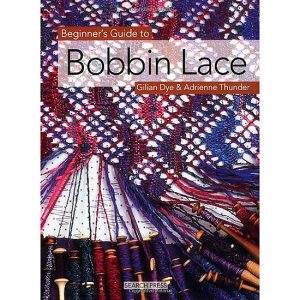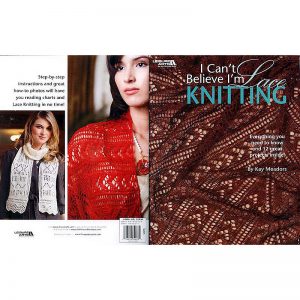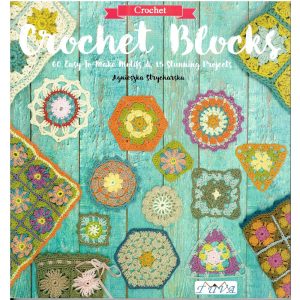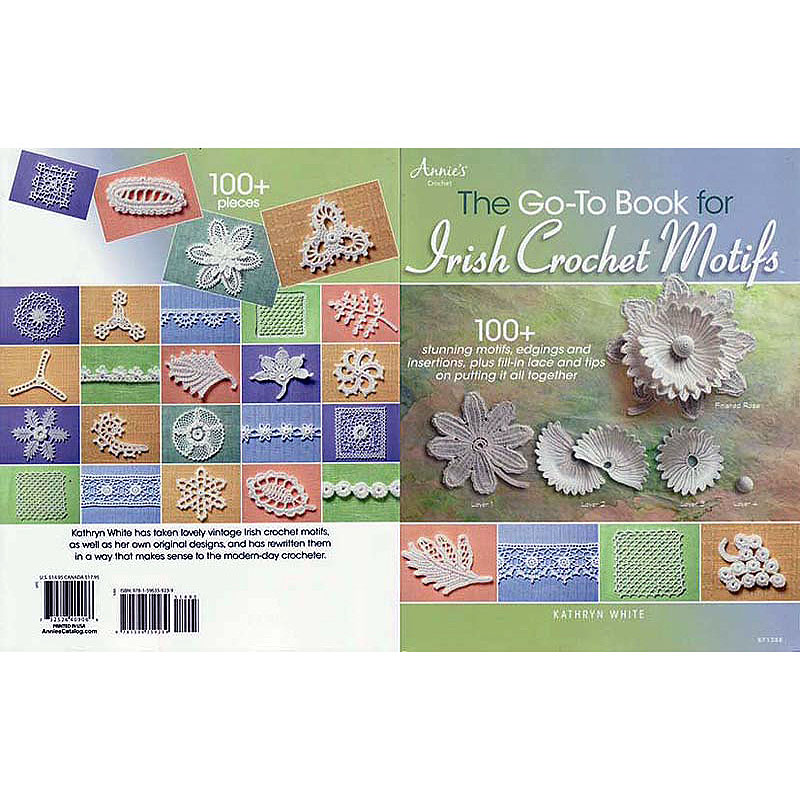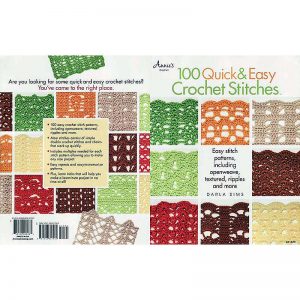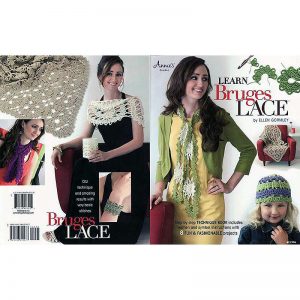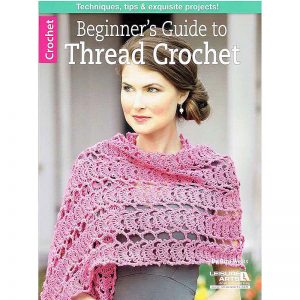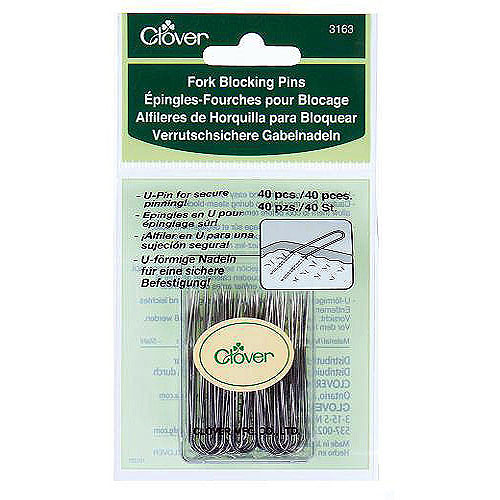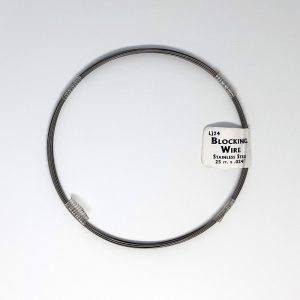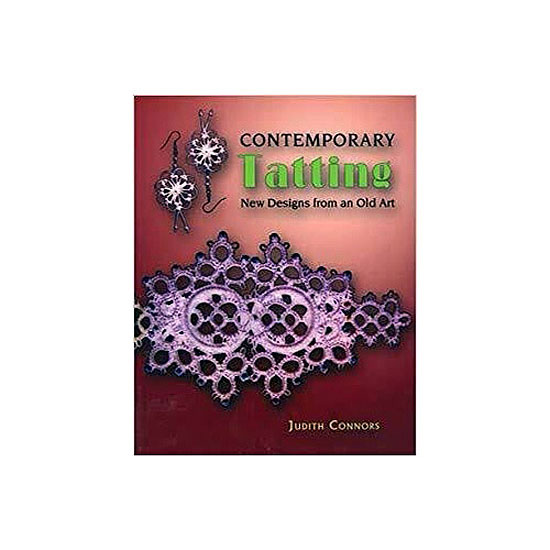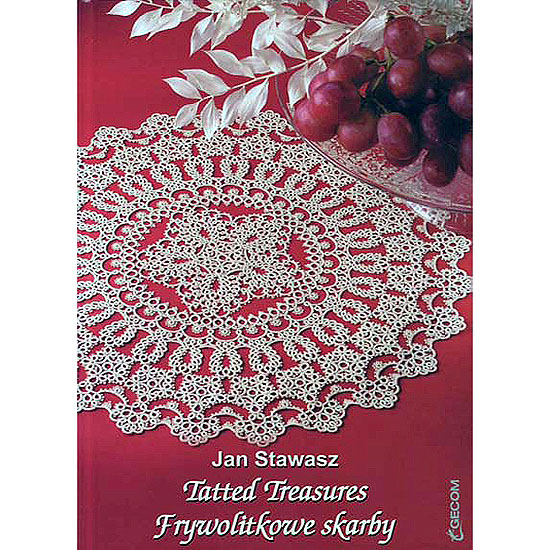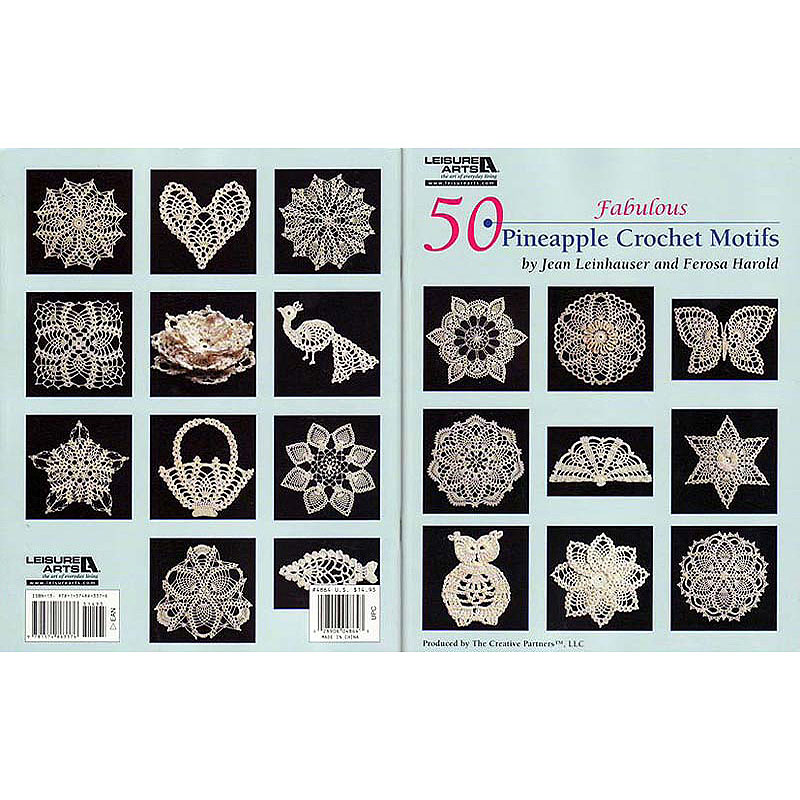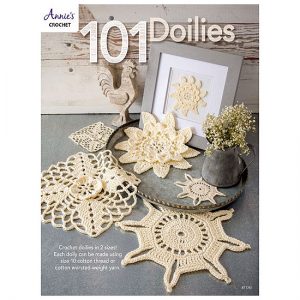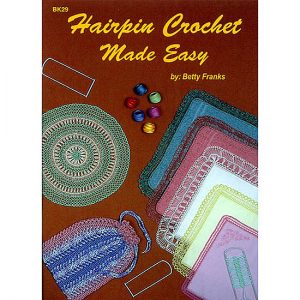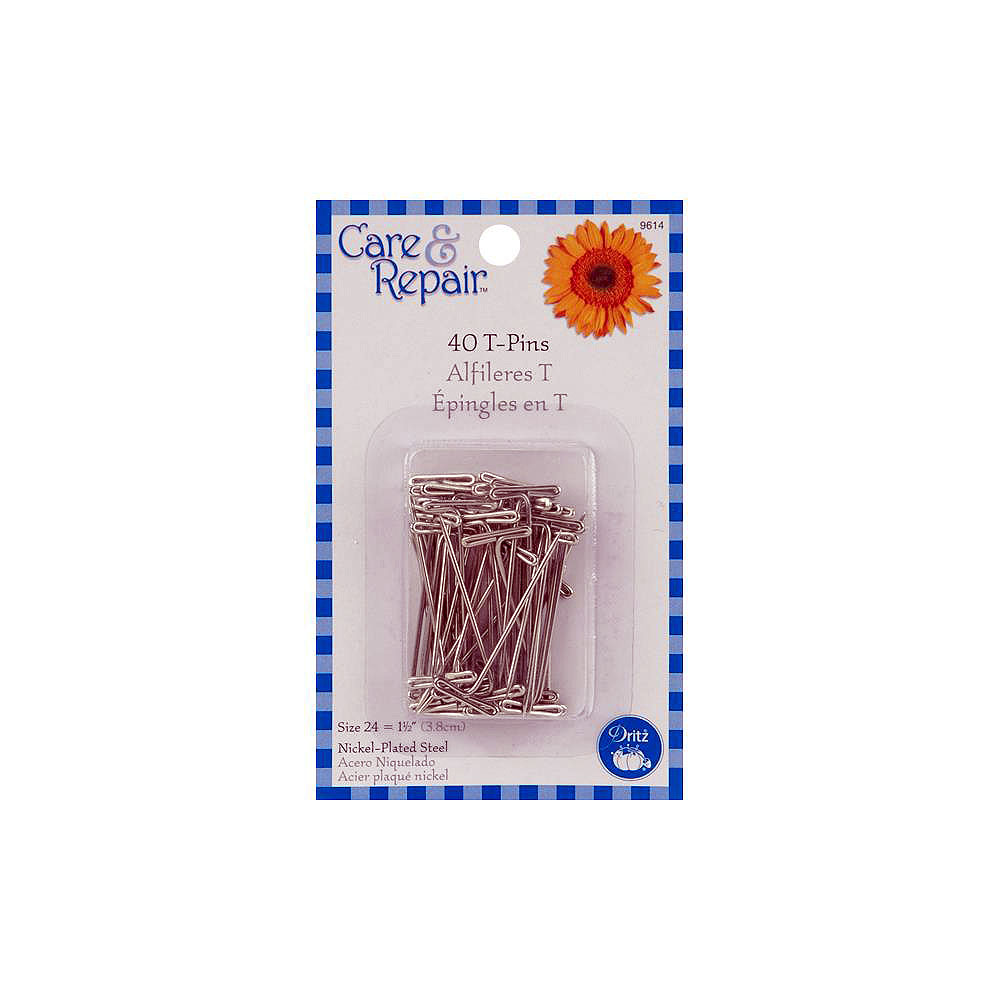Crochet Extra – September 2021
What a fabulous weekend we had at the Seaside Crochet Retreat! We had 30 attendees for the weekend crocheting seashell baskets, seaside mosaic cushions, and mini Christmas wreaths. It was great to see familiar faces from prior retreats and new faces, be awed by many of the items brought along for show and tell and have a laugh together. Given the events of the last few months we were grateful for being able to have the event, and of course missed many of you who were not able to come from interstate. We will be releasing the date for the 2022 retreat between now and December – so keep an eye out. 
While we were fortunate to have this retreat, many of you are in lockdown and unable to venture out. We can however still get goodies to you! However we have been advised by both Australia Post and our courier company that there are significant delays with parcels again – due to the road blocks at many of the State borders, reduced staff and an overall increase in the number of packages being moved around the country. So please allow extra time for any goods that you order to arrive.
We are once again experiencing delays in receiving goods ourselves, resulting in outages of popular items – hooks and yarn. We are continuing to find alternative sources and stock up as soon as we can.
In October we will be hosting a weekend workshop on crocheting lanterns run by Jill Rakich – 16 and 17 October. Spaces are limited to 15 so get in quick so you don’t miss out.
In September we will be learning bavarian crochet and make a clutch purse (from 21 until 28 September). Join us online Monday nights 7pm to 9pm. 
See all upcoming workshops here
Until next time
Lynda
Theme—Lacework
Lace
This month at Crochet Australia we are highlighting the art of Lace making. With so much historical significance it is the perfect craft to say hello to spring.
 Lace making is a decorative style of crafting that is characterised by open spaces and clear lines. Traditionally, lace was made with needles and bobbins – bobbin lace, knotwork, tatting – all of which are very labour intensive. Crochet arose for lace making as a less labour-intensive form of making lace.
Lace making is a decorative style of crafting that is characterised by open spaces and clear lines. Traditionally, lace was made with needles and bobbins – bobbin lace, knotwork, tatting – all of which are very labour intensive. Crochet arose for lace making as a less labour-intensive form of making lace.
There are many different styles of crochet lace – some with special tools, such as broomstick and hairpin, while others comprise of special stitches, such as pineapple, irish lace and bruges lace.
Irish Lace, in particular, became popular during the great famine in 1845 and is stated to have helped save lives. Irish crochet lace is characterised by its finely worked motifs, often in the forms of flowers, leaves, vines and butterflies. The motifs are usually worked in size 20 or 40 thread, with size 10 thread for the packing cord and size 60, 80 and 100 thread for the mesh background.
worked motifs, often in the forms of flowers, leaves, vines and butterflies. The motifs are usually worked in size 20 or 40 thread, with size 10 thread for the packing cord and size 60, 80 and 100 thread for the mesh background.
Lacework was traditionally used with doilies and insets in clothing. More modern times have seen an expanded use of lace into shawls, scarves, garments and other home décor. Lacey shawls and wraps are perfect for the spring and summer as a light decorative coverup.
for the spring and summer as a light decorative coverup.
Traditionally, lace makers worked with linen, though mercerized cotton has replaced that in modern times. It is still commonly made with fine threads, however similar looks can be achieved with thicker yarns for some lace patterns.
In the next section we look at the range of lacework patterns and lace making tools available. Or try your hand at this vintage Irish crochet opera bag from Grandmothers’ Pattern Book.
tools available. Or try your hand at this vintage Irish crochet opera bag from Grandmothers’ Pattern Book.

Book of the Month
Crochet Made Easy
By Anne-Lise Hald – This book introduces you – stitch by stitch – to the world of crochet. The beginning of the book shows detailed instructions on how to crochet and read symbol crochet. Each design is presented with a colour photograph, symbol diagram for the design, and the written pattern. Also includes filet crochet, insertions, trimmings, lace edgings, crocheted bag, granny squares, purse, summer tank top, cap with lace, baby jacket, doilies, bedspread, scarf, and doily in Assisi style crochet (reverse filet).
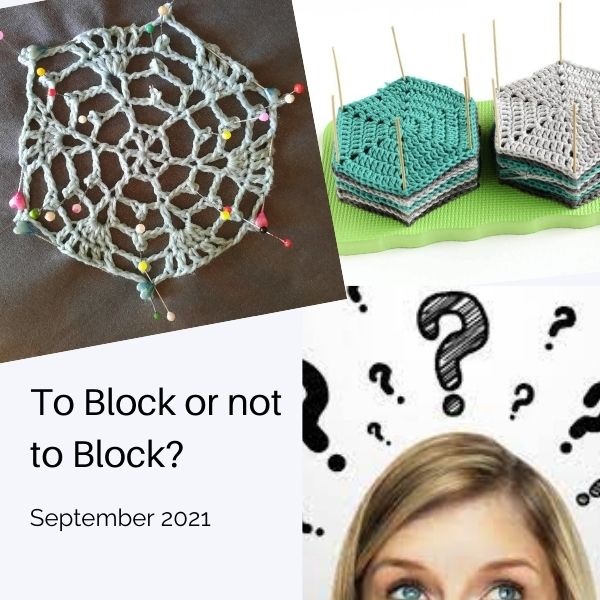
Tip of the Month
Blocking – to block or not to block?
Taking that extra time to block your item when it is finished or during the assembly process can really make your finished project pop and is well worth the effort. And it’s not as scary as you think. Follow the guidelines in our tip and you’ll be blocking in no time.








